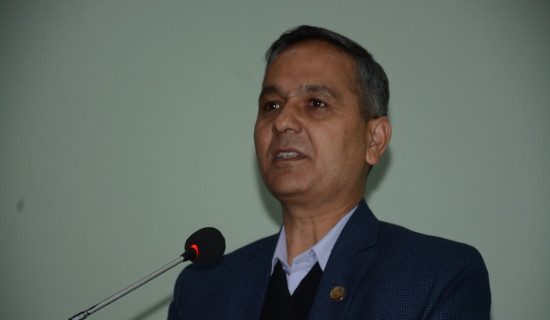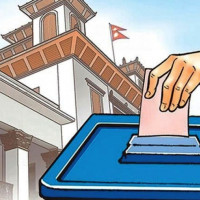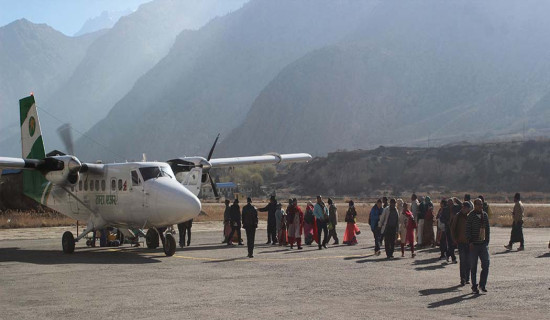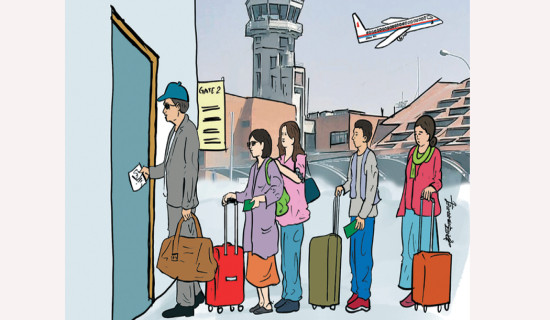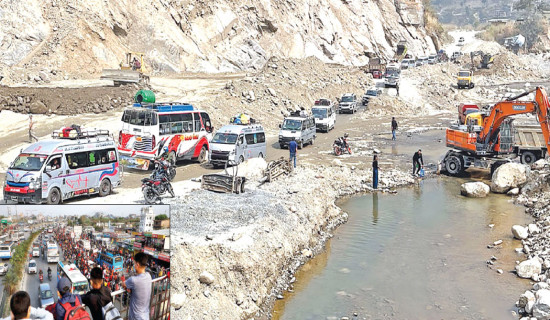- Thursday, 25 December 2025
‘Army size fixed by national necessity’
Kathmandu, July 21: A few days ago, lawmakers Bimala Rai Paudyal of the CPN-UML in the National Assembly and Dr. Swarnim Wagle of Rastriya Swantantra Party in the House of Representatives voiced for downsising the Nepali Army, among other things, to reduce the national expenditure.
Paudyal pointed out that the army had failed in its primary role - protecting the borders and its encroachment. Her remarks drew flak on social media and didn’t go well within the military circle and some politicians.
Responding to some media opinions in March, 2023, Chief of the Army Staff (CoAS) Prabhu Ram Sharma at a function organised at the Birendra Peace Operation Training Centre, Panchkhal, blamed outsiders for making comments about the required number of NA troops. Although he didn’t directly name any individual or group, he hinted that some ‘outsiders’ were acting and raising the issue of rightsizing NA.
Arriving at the National Assembly, Deputy Prime Minister and Minister for Defence Purna Bahadur Khadka also defended the current size of Nepali Army that is 96,477. Speaking at the session of the National Assembly, Defence Minister Khadka last Thursday said, the number of the army was determined on the basis of country’s geographical location, national necessity and current international scenario. He also said that it is the government who decided the number of army on the recommendation of the National Security Council.
Since then, the talk about resizing or rightsizing the NA has been the talk of the town.
Security experts, some serving and retired officers of Nepali Army have expressed the views that downsizing the NA is not in national interest.
Binoj Basnyat, Major General (Retd) and strategic analysist of the Nepali Army, who is also associated with the Rangsit University, Thailand, said downsizing the military was not a wise way to deal with national monetary challenges.
“National security and prestige cannot be compared with monetary value. Important individuals should bear in mind that impromptu remarks on sensitive topics at wrong places and wrong times do the country a great disservice,” Basnyat said.
The national budget for the coming fiscal 2023/24 (totaling 1.751 trn) has allocated 14 per cent to the security sector—for the defense ministry and the home ministry, he said.
“On its part, the NA reimburses more than Rs. 1.7bn as tax to the government from its NA Welfare Fund apart from bringing in about USD 22m (Rs. 2.88bn) to the country, which is approximately two per cent of the national foreign income of USD 9.1 bn. The national army itself provides another 5 billion rupees for its educational, medical and welfare programmes, which is borne by respective governments in almost all the countries,” said Basnyat.
Before the Maoist insurgency began in 1996, there were approximately 60,000 personnel in the Nepali Army. The number was significantly increased during Maoist insurgency, and today the strength is 96,477. In 2001, the government also established the Armed Police Force, which acted as a paramilitary unit, to support counterinsurgency operations, whose strength is now more than 34,000.
Dr. Indra Kumari Adhikari, an international relations and security expert, said that in a democratic country where the parliament reigns supreme and each opinion can be tested there, parliamentarians can raise the issue at any time, but while raising the issue, they must have in-depth knowledge and its consequences.
The topic of downsizing, rightsizing or upsizing of the Nepali Army must go through rigorous analysis of the status of internal and external security threats and challenges and the present and future probability, Dr. Adhikari said.
The restructuring of the national force should be done only through comprehensive dialogues among the political leaders and relevant experts, she said.
Krishna Prasad Bhandari, Brigadier General and Spokesperson for the Nepali Army, said the Army was aware of and informed about the ongoing discussions about the national army. “The Nepal Army has been effectively and successfully performing the tasks mandated by the government and mentioned in the constitution,” he said.
“The NA doesn’t have any comment and should not speak when the lawmakers make their comments on the issue in any House of the parliament,” Brigadier Bhandari said.
Further, the NA spokesperson claimed that the NA as per the amended Army Act, out of 45 per cent reserved positions within the NA, 20 per cent seats were reserved for women, 32 per cent for Janajatis, 28 per cent for Madhesis, 15 per cent for Dalits and 5 per cent for backward regions.



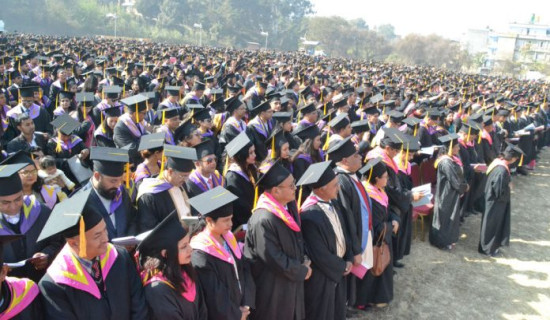
-square-thumb.jpg)

